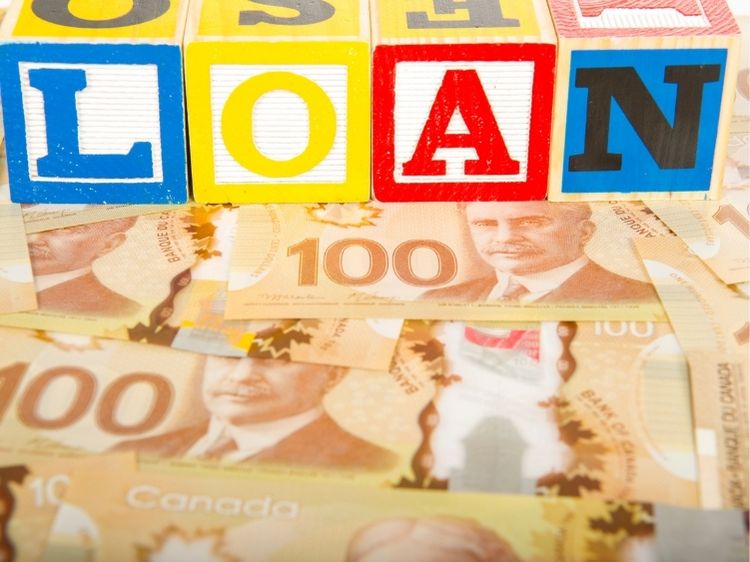The subject regarding student loan cancellation is an issue that affects many borrowers across United States. As the country continues to face the growing challenges of higher cost of education, any modifications to forgiveness programs as well as repayment plans could have a significant impact on the financial security of borrowers. This update on student loan forgiveness provides the most recent developments and provides the necessary information and direction to those who are seeking relief.
The Current State of Student Loan Forgiveness
The world that student loans are forgiven has changed rapid in the last few years. From legislative plans to executive initiatives, policymakers have enacted several initiatives to address the rising problem of student loan debt. The most significant modifications is the increase in income-driven repayment programs, which are designed to lower the amount of monthly payments that are depending on borrower’s income levels.
In 2025 the federal government is shifting its focus to ensure that the existing forgiveness programs are easier to access and more efficient. The borrowers who are who are enrolled within the Public Service Loan Forgiveness (PSLF) For instance, they have now access to updated rules that eliminate previous obstacles that were in place, including uncoordinated loan servicing as well as administrative obstacles. In addition, recent changes have introduced more encompassing eligibility requirements that allow more people working in public sector jobs to be eligible for forgiveness after 10 year of work.
Key Policy Changes to Watch
One of the biggest changes for borrowers is the launch of the Fresh Start Initiative, which gives a second chance to people who are in default. This program allows borrowers who have defaulted to be able to access forgiveness programs, as well as other benefits. Through resolving their default the borrowers are able to rebuild their credit scores and regain their eligibility for federal repayment programs.
Another significant update is the introduction of the Saving on a Valuable Education (SAVE) Plan that replaced the earlier Revised Pay as you Earn (REPAYE) plan. The new plan decreases the amount of discretionary income that is used in calculating monthly payments and cuts down the timeframe for forgiveness of loans. For students The SAVE Plan offers forgiveness after 20 years of making qualifying payments and additional protections for borrowers with low incomes.
Challenges and Criticism of the Updates
Although these changes are intended to ease the burden but they are not without controversy. Some critics argue that the speed of implementation was too slow, leaving a lot of people in the limbo. The administrative delays and the complexity of the program’s requirements have caused frustration for borrowers trying to navigate the complex system. Advocates continue to push for a more expansive, comprehensive debt cancellation in order to solve the root cause to the current student loan problem.
Additionally, the debate surrounding forgiveness of student loans has rekindled questions about the long-term viability for these policies. Some critics argue that widespread forgiveness can undermine individual responsibility and puts a heavy pressure on taxpayers. However Recent surveys show that the majority of Americans favor loan forgiveness that is targeted specifically for borrowers who are who are in public service positions or struggling financially.
How Borrowers Can Stay Informed and Take Action
To navigate the constantly changing landscape regarding student loan cancellation, students must be proactive and knowledgeable. In the past, the U.S. Department of Education has stressed the importance of transparency and clear communication. It is recommended that borrowers regularly check the status of their Federal Student Aid accounts for changes and should consult the official sources to make sure they are informed of changes to programs.
Furthermore, financial advisors suggest that the borrower record the repayments they have made, which includes the amount of payments that qualify through forgiveness plans. Documenting their history in detail will help in resolving disputes and ensure that the borrowers get the benefits to which they are entitled to. For those who aren’t sure about their eligibility, non-profit organizations and legal aid can offer assistance and guidance.
Looking Ahead: What’s Next for Student Loan Forgiveness?
The future of forgiveness for student loans remains unclear as economic and political influences continue to influence the policy choices. While recent updates are positive but they could be the first step in broader reforms that are needed to tackle the issue of student debt in a comprehensive manner. Policymakers are looking for innovative solutions, including tuition-free community colleges and more grant options, which could decrease the need for loans completely.
In the meantime, borrowers must benefit from the opportunities that are available and remain involved in ongoing discussions about college affordability. If they can combine advocacy and well-informed decision-making the road to financial relief could be made clearer to millions of Americans who are burdened by student loans.
Conclusion
The revision to the student loan forgiveness program is a significant step forward in addressing the issues facing borrowers. From expanding eligibility criteria to new repayment options that are designed to ease the burden in establishing a fair and fair system. Although there are still challenges, being up-to-date and taking proactive measures can assist borrowers in their financial journey. As the debate about forgiven student loans continue to develop and evolve, the possibility of an easier and more sustainable future is still positive.







